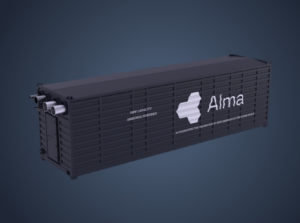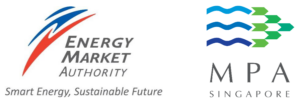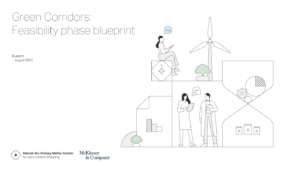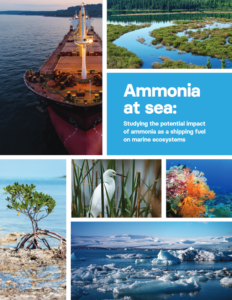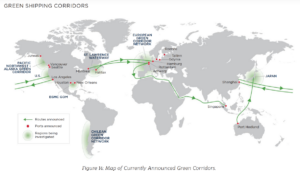New off-take, distribution partnership for Denmark mega-project
Global shipping group Monjasa will provide logistics services to distribute electrolytic ammonia produced at the under-development HØST PtX project in Esbjerg, Denmark. Part of the 600,000 tonne-per-year production volume will also be reserved for Monjasa to utilise as a bunker fuel.


